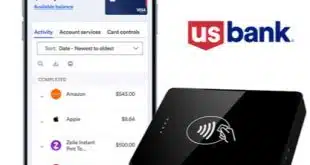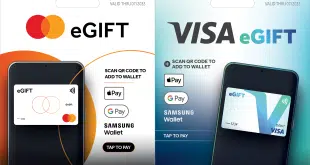Restaurants are a coveted merchant segment for many acquirers and independent sales organizations. So, knowing how payments are changing and the impact that might have on this merchant segment is critical.
First off, in 2019, the prospect for more consumers carrying, and wanting to use, contactless credit and debit cards is high. The other big trend is that these merchants, now that many of them are using cloud-based point-of-sale systems, want to make the best use of the transaction data they’re paying for.
JPMorgan Chase & Co. will begin issuing contactless credit cards next year, adding the contactless EMV function to its debit cards later in the year. Chase is the first U.S. issuer making this move on a large scale. Visa expects there will be more than 100 million Visa contactless cards from all U.S. issuers within a year.

At Toast Inc., a Boston-based POS system provider, the prospect of more contactless cards in 2019 will affect restaurants, says Biju Nair, Toast director of payment products. With more contactless cards in consumer wallets, payment behavior will start to change, Nair says. This might aid quick-serve restaurants, which typically rely on moving consumers through lines. “That is where line speed will help the restaurant turn around the lines faster,” he says.
Barrotti says one outcome of this shift might be that more restaurants will deploy a mobile card reader or near-field communication payment device so consumers can pay at the table. One caveat is that contactless transactions often are limited to $100, a consideration for restaurant operators, he says.
“The good news is, going cash-free or swipe-free will mean less wear and tear on machines and faster checkout service,” says Andrea Kayal, chief marketing officer at Providence, R.I.-based Upserve Inc., “but it will also require more attention to design and [user experience] as POS terminals become increasingly customer-facing and interactive.”
The other big trend is harvesting insights from POS data. “POS systems will have to get smarter about how they use customer payment data,” says Kayal. “Most POS systems just process payments or provide nominal sales insights, but customers are demanding more information from their POS.”
They look for which menu items are up or down in sales, who their best customers are, and how revenue growth might be affected with menu or staffing changes, Kayal says. “Legacy POS systems cannot adapt quickly enough to meet this demand for data and insights,” she says.
Restaurant operators embrace the notion of cloud-based POS systems and what they can provide, Nair says. “The conversation with them is so easy,” he says. “There’s not much resistance when you’re taking about cloud-based POS systems. Everyone wants an integrated POS.”





